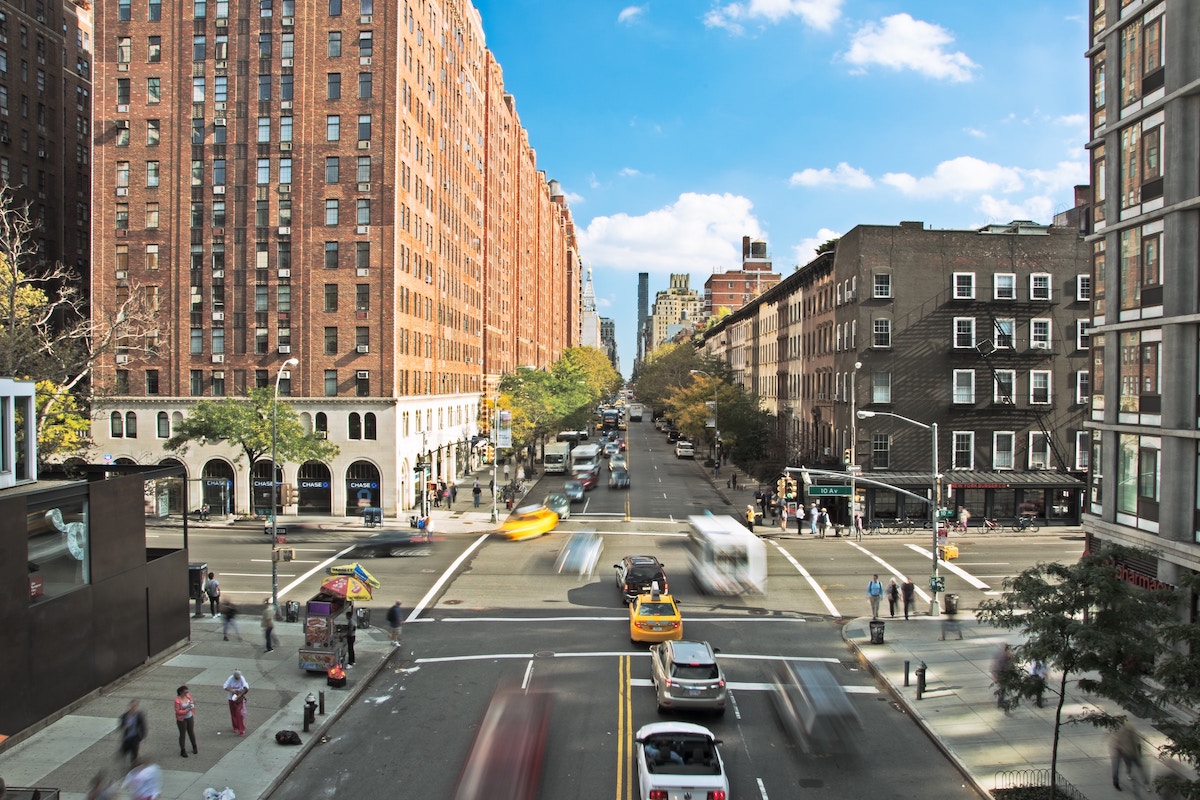
In light of the COVID-19 pandemic, if you’re driving less, you might be wondering how much you should pay for car insurance?
Whether your job has gone remote and you no longer commute to work every day, or you’re following a stay-at-home or shelter-in-place order from your state or local government, it stands to reason your car insurance shouldn’t cost as much as before.
How Much Should Your Car Insurance Cost?
At Metromile, we believe your car insurance premium should be fair. We believe that as many as two-thirds of drivers in the U.S. are overpaying for auto insurance.
That’s why Metromile offers pay-per-mile auto insurance, so you’re charged for the miles you drive. We’ve helped a lot of drivers save money on car insurance since the COVID-19 pandemic started.
When you switch to Metromile for car insurance, you can rest assured you’re getting what you pay for and never being taken for a ride.
What Factors Impact Your Rate
Metromile charges drivers based on how they drive, including how far they drive. You’ll pay a base rate each month. Then, you’ll be charged a few cents for every mile you drive.
To figure out how much these car insurance rates will be, Metromile and other auto insurance companies commonly look at factors like:
- Age: According to the National Highway Traffic Safety Administration, age reliably correlates with risky driving behavior, and younger drivers and more mature drivers are generally considered riskier.
- Location: Where you live in the country may have a big influence over how much you pay since car insurance is regulated at the state level and often priced by ZIP code. Where you park your car at night could influence whether your auto insurance bill is high or low.
- Vehicle type: Just like you, your car is unique, and it has a specific identifier that no other car has: its vehicle identification number or VIN. The 17-character code is used to track recalls, vehicle registrations, warranty claims, thefts, and, yes, auto insurance coverage. When you provide your VIN to an insurance carrier, that company is able to understand your vehicle’s mileage, accident history, model, and other information. All those attributes may be factored into your premium cost.
- Driving History: It really does pay to be safe. The more parking tickets, accidents, and violations you rack up, the higher your rates may be.
- Coverage: Your coverage limits and deductible amount affect your overall rate. In short: higher limits and lower deductibles generally cost more. But don’t pick a deductible you can’t afford to save on your car insurance bill. If something happens, you will need to pay your deductible before your coverage kicks in.
The Car Insurance Carrier You Choose Matters
When you’re comparing car insurance rates between insurance companies, it’s important to compare apples to apples to make the best decision. Generally, you will want to see if you can keep your current coverage or add more coverage for the same or lower price.
Metromile and pay-per-mile auto insurance can be a good choice if you are looking to gain more control over the price you pay for insurance. Unlike traditional insurance, pay-per-mile auto insurance rates focus on your actual driving.
The biggest factors determining the cost you pay with Metromile are your driving behavior, including how many miles you drive each month and the coverage you select.
If you’re looking for ways to save money on car insurance, you can get a free car insurance quote from Metromile. You can also try Ride Along™ for free.
Ride Along is a free feature in the Metromile app that helps you get a more accurate rate. Download the app onto your phone, and drive as you usually would for about two weeks. (Keep in mind you’ll still need to keep your current coverage during your trial with Metromile.)
We’ll then consider how you drive to show you your rate so that you can have more confidence you’ll save money before you switch insurance companies and begin your Metromile coverage.










